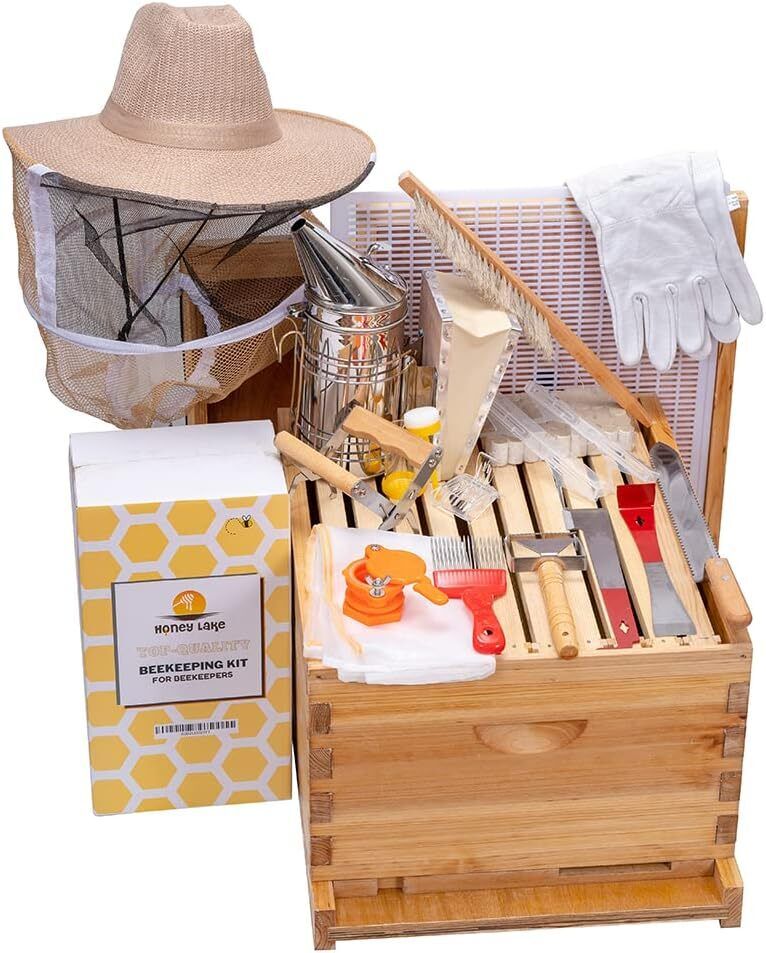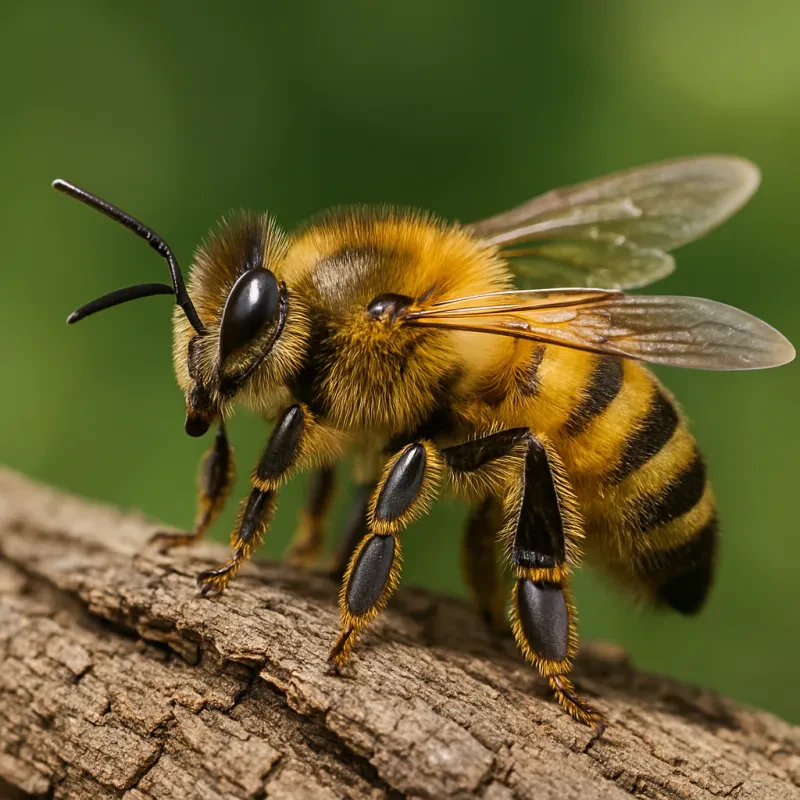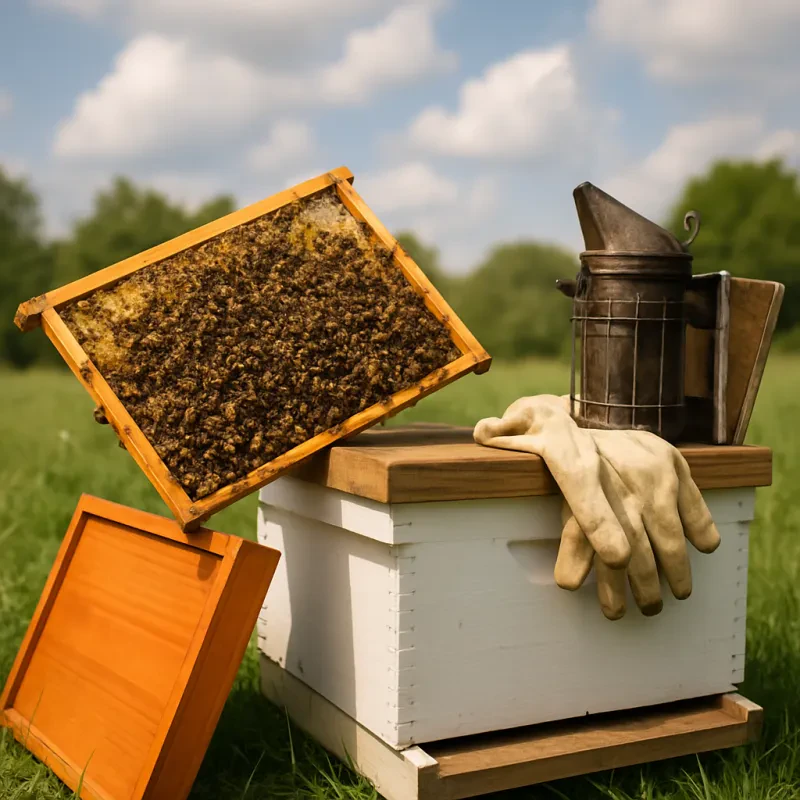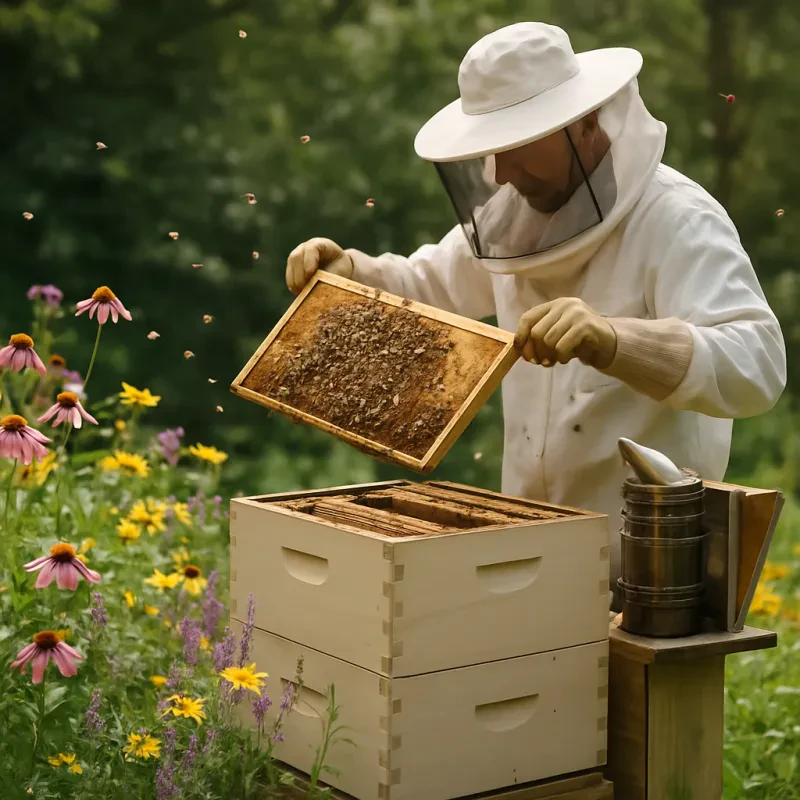Understanding the Honey Bee Life Cycle: A Comprehensive Guide
Honey bees play a pivotal role in our ecosystem, not just in terms of producing honey but also in pollinating a vast array of plants, including many of the crops humans rely on for food. Understanding the life cycle of honey bees is crucial for anyone interested in beekeeping, agriculture, or the conservation of these essential insects. This article delves into the various stages of the honey bee life cycle, offering insights into the fascinating world of these industrious creatures.
Introduction to the Honey Bee Life Cycle
The honey bee life cycle encompasses four main stages: egg, larva, pupa, and adult. This cycle is a remarkable process of transformation, known as complete metamorphosis, which occurs within the hive's controlled environment. Each stage plays a critical role in the development and maintenance of the bee colony.
The Egg Stage: The Beginning of Life
Laying the Foundation
The life of a honey bee begins as an egg. The queen bee lays eggs in the honeycomb's cells, which are meticulously cleaned and prepared by worker bees. A single queen can lay up to 2,000 eggs per day during peak season, ensuring the colony's continuous growth and survival.
Fertilization and Development
Eggs are either fertilized or unfertilized, determining the bee's role within the colony. Fertilized eggs develop into female worker bees or queens, while unfertilized eggs become male drones. This selective fertilization process is crucial for the colony's reproductive and operational needs.
The Larval Stage: Growth and Feeding
Feeding and Care
Once the egg hatches, it enters the larval stage, during which the primary focus is on feeding and growth. Worker bees diligently feed the larvae a mixture of pollen, honey, and a secretion known as royal jelly. The diet varies depending on the larvae's destined role in the colony.
Developmental Milestones
During this stage, the larvae molt several times as they grow. After about six days, worker bee larvae are sealed in their cells by worker bees to transition into the pupal stage. Queen larvae, however, continue to be fed royal jelly, a factor that leads to their development into fertile queens.
The Pupal Stage: Transformation
Metamorphosis Begins
The pupal stage marks the beginning of significant transformation. Inside the sealed cell, the larva metamorphoses into an adult bee. This process involves the development of the bee's wings, legs, eyes, and internal organs. The duration of the pupal stage varies based on the type of bee being formed.
Emergence as Adults
After completing their development, adult bees chew their way out of the cell. This emergence is a critical moment, as it signifies the addition of a new worker, drone, or queen to the colony. Each bee immediately begins to undertake its specific duties within the hive.
The Adult Stage: Roles and Responsibilities
Worker Bees: The Hive's Backbone
Worker bees, which are female, perform various tasks essential for the survival of the hive. These include foraging for nectar and pollen, caring for the queen and larvae, cleaning the hive, and defending it against intruders. Their life span ranges from six weeks during the busy summer months to several months during the winter.
Drones: The Males of the Colony
Drones' primary role is to mate with a virgin queen. They do not collect food or participate in hive maintenance. After mating, drones die, highlighting their singular purpose within the life cycle of the colony.
The Queen: The Heart of the Hive
The queen's primary role is to lay eggs. She is the only fertile female in the hive and can live up to five years. The queen also produces pheromones that help regulate the hive's activities and harmony.
The Cycle Continues
The honey bee life cycle is a continuous process that ensures the survival and productivity of the colony. From the laying of an egg to the emergence of an adult bee, each stage is vital to the hive's overall health and the environment. By understanding and appreciating the intricacies of this cycle, we can better support these indispensable insects and the critical role they play in our ecosystem.
This guide not only sheds light on the biological wonders of honey bees but also underscores the importance of conservation efforts to protect these vital pollinators. As we delve deeper into the world of honey bees, let's commit to ensuring their survival for generations to come.







